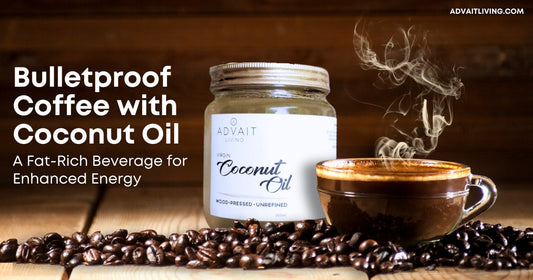When you walk across a regenerative farm, the difference is almost immediate. The soil is dark and crumbly, alive with earthworms. Birds return to nest in the hedgerows. You can hear the hum of bees and watch butterflies hover over wildflowers scattered among the crops. It’s a living, breathing system, one that feels less like farming as we know it and more like healing.
For decades, modern agriculture has been about extraction, pushing the land to give more, faster and cheaper. The result? Depleted soils, fragile ecosystems, and food that often costs the planet more than it nourishes us. Regenerative farming dares to imagine another path: not taking from the land, but giving back.
How is regenerative farming different?
Regenerative farming isn’t a checklist of “eco-friendly” practices. It’s a mindset shift. At its core, it’s about bringing soil back to life, so it becomes a thriving underground city of microbes, roots, and nutrients. When soil thrives, biodiversity returns, water cycles strengthen, and ecosystems begin to heal themselves.
To me, it feels less like controlling nature and more like re-learning how to listen to it.
Why yield isn’t everything
Here’s a hard truth: many sustainable and even organic practices still prioritize yield. Yes, they cut out synthetic chemicals, but often, monocropping and over-tilling continue, keeping the focus on short-term output instead of long-term balance.
Regenerative farming flips this. It’s not about squeezing the most out of every acre; it’s about building systems that last. By mimicking nature’s cycles of growth, decay and renewal, we create farms where soil, plants, animals, and people form a self-sustaining circle of abundance.
Bringing the soil back to life
So, what does this look like on the ground? It means planting trees alongside crops (agroforestry), growing many species together instead of just one, letting livestock graze in ways that fertilise rather than exhaust the land, and replacing chemical sprays with natural pest cycles.
In this model, the farmer stops being just a producer of food. They become a steward of the land, a caretaker actively restoring abundance for the future.
Challenges of shifting to regenerative methods
Of course, this transition isn’t easy. Farmers have to unlearn old habits, invest in patience, and trust processes that don’t always yield instant results. It’s vulnerable work, especially when neighbours, markets, or even consumers question whether it will pay off.
But here’s the thing: when farmers open their doors, share their practices honestly, and build direct relationships with the people who eat their food, something shifts. Trust grows. People realise that regenerative farming isn’t just about “healthy food”. It’s about food that heals the land it comes from.
Empowering small farmer communities
And here’s where it gets truly exciting: regenerative farming can reshape entire food systems. Imagine small and marginal farmers, so often left out of the agricultural narrative, being equipped with regenerative tools, connected directly to fair markets and valued not just for what they grow, but how they grow it.
It’s not only a win for soil and climate; it’s a more just, more equitable system for people too.
A future of abundance, not extraction
Regenerative farming is not just a farming method. It’s a mindset, a return to working with the earth instead of against it. It’s about choosing abundance over extraction, restoration over depletion, care over control.
When we farm this way, we’re not just planting seeds for a single season; we are sowing resilience for generations. Richer soils, healthier communities, and a planet in balance. That’s the harvest waiting for us, if we choose it - a hopeful path forward.
Meenakshi Kishore,
Founder, Advait Living Farms









